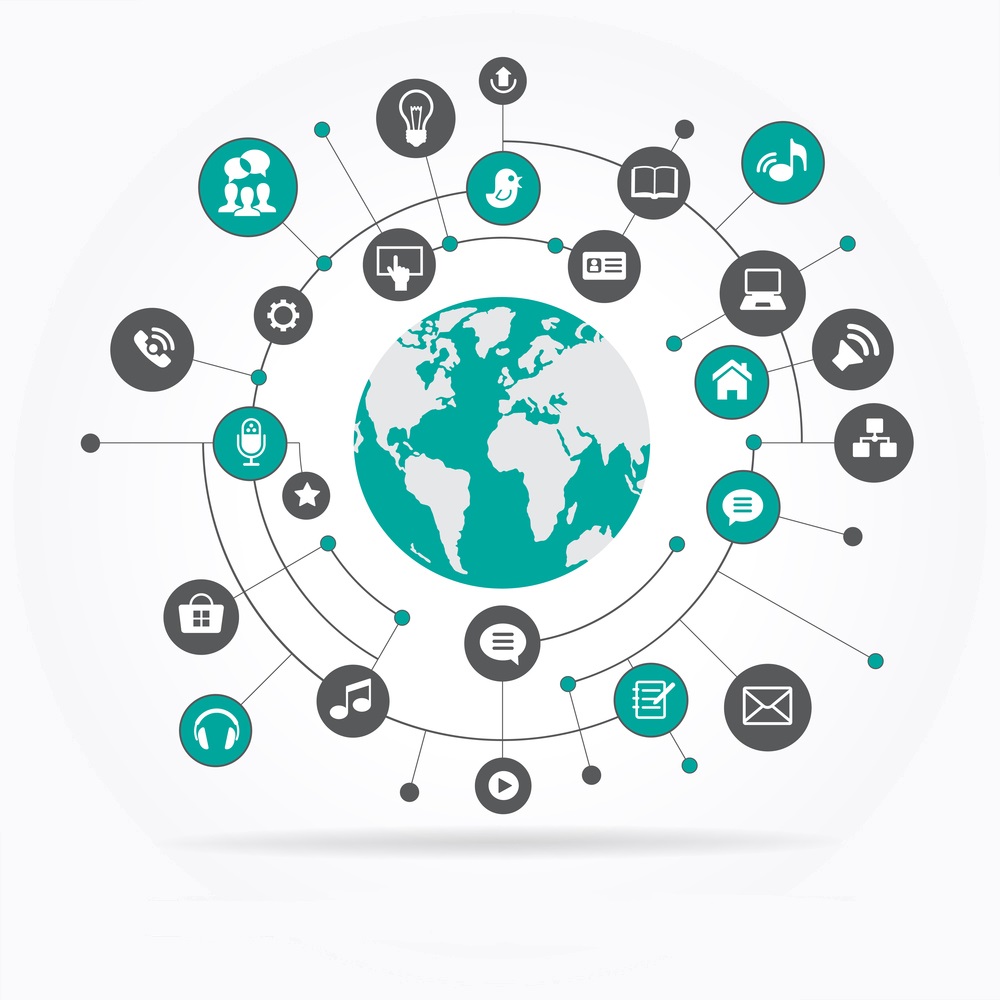I don’t know about you but the thought of putting everything on the Internet just fills me with horror. Maybe it’s because of my age or the stories that you regularly see in the news but I am still not convinced the Internet is a safe place to be.
Even putting data out to the big providers makes me question what they are doing with my information, I am not paranoid; but some of them have been caught out in the past. Don’t get me wrong I am not anti-Internet, I use both Microsoft 365 and Google Apps, but anything confidential or customer related is kept close by under lock and key.
There is a time and place for everything and for me the “Internet of things” is currently a misnomer, what we should be saying and looking at is the “Automation of things” irrespective of where it is located.
The “Automation of things” is not a new concept but where it has gone wrong in the past is in the implementation. In the past we have had:
- Big all-encompassing suites such as HP Openview, Unicentre, Peoplesoft, SAP etc. offering to be all things to all people. They all did certain things well and other bits not so well, the big problem was that they were proprietary and didn’t play well with other applications.
- Microsoft delivered the first true multi package, multi-vendor platform and it still retains a commanding position in the market but their focus – rightly so – is on the operating system and application market. Not on the building management and infrastructure management aspects of intelligent management.
- Even with Microsoft, we still have a real problem when it comes to integration and automating all of our systems, historically vendors design products for a particular preconceived use. In reality it is only after they are released that vendors discover that customers’ needs and requirements may differ from the original preconception.
Going forward products will be built with the expectation of change and customisation to adapt to any situation. More importantly products will be built to integrate with anything, anywhere.
The “Automation of things” is the start along this path. Organisations do not want to buy a big expensive all-encompassing package they want to pick ‘best in breed’ products which are cost effective and provide the functionality they need.
To achieve this goal certain things need to change. We need:
- Standards and procedures which create uniformity; building management systems are ahead of the game in many ways but there is still room for improvement. Intelligent Information systems are still a very long way behind in this endeavour.
- Education needs to start early in our schools and colleges so that the developers and integrators of the future understand the importance of truly integrated systems.
- We need to harmonised graphical user interfaces to display and interrogate, report and alert on the disparate systems
- More importantly we need to build common APIs to speed up the integration process into the interface of choice, so that organisation can choose exactly what they want and how it is displayed
- To achieve this network providers and systems need to cooperate harmoniously, providing secure robust resilient, fast mechanisms for communicating between peer to peer systems.
- Software developers need to think about integration not isolation. We need to look beyond the policy of closed systems and embrace the concept of openness. This does not necessarily mean giving away the code, it is about making systems that integrate quickly, efficiently and intuitively with known and unknown systems within its demise.
Where do we go now, well every journey starts with a step, it may take time, there may be forks in the road and detours that distract, but the journey only starts when someone takes that first tentative step.
I and my company see this as vital and all of our services and products are designed to help make the journey become a reality.





